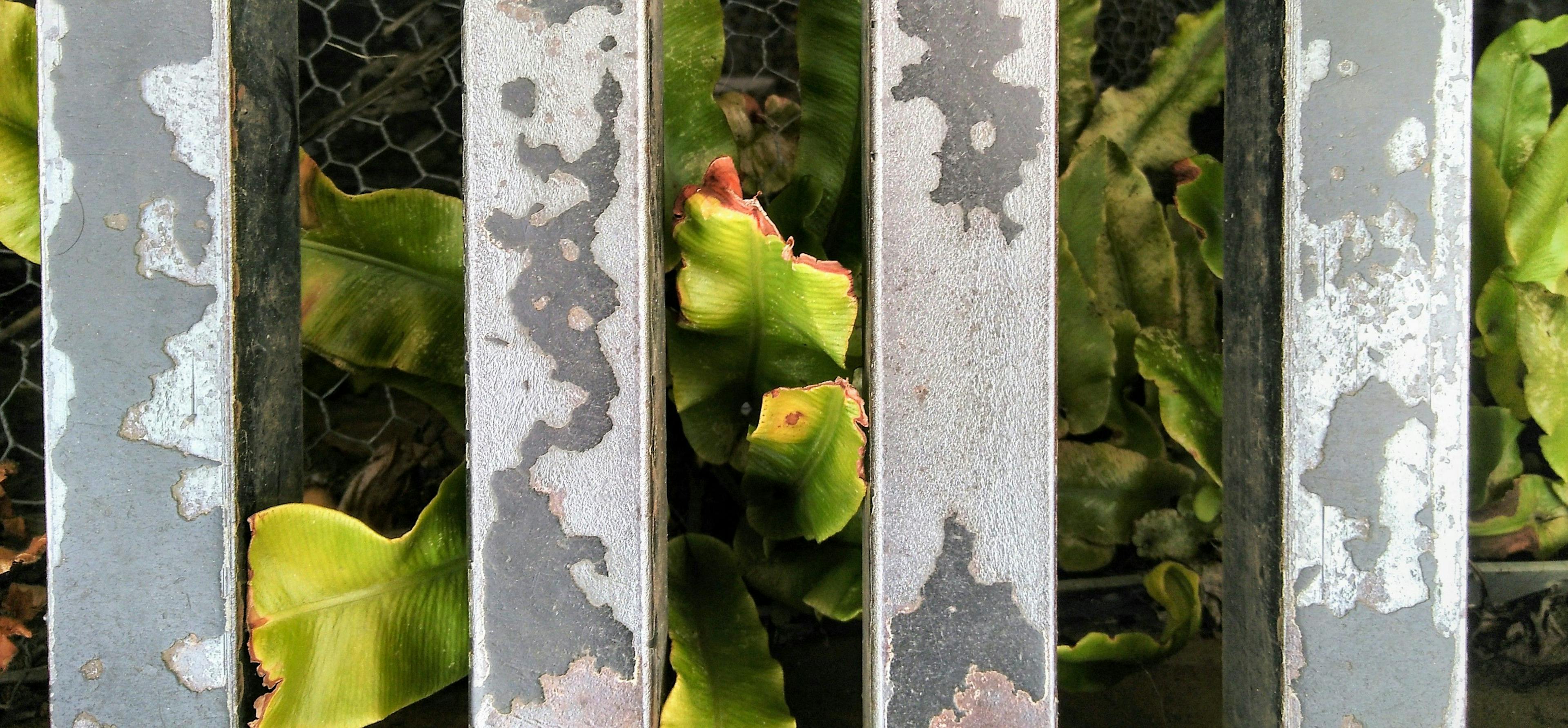What is a weed? It is a term for which there is no biological meaning (Del Tredici, 2014). The commonplace answer in the nineteenth century was often something along these lines:
A vegetable which has an innate disposition to get into the wrong place (Ruskin, 1888: 64)
The weed, then, grows as interference, in and out of disturbed habitats, defined solely by human contempt. Ruskin continues:
‘Primarily it is mere hardihood and coarseness of make. A plant that can live anywhere, will often live where it is not wanted’ (1888: 65)
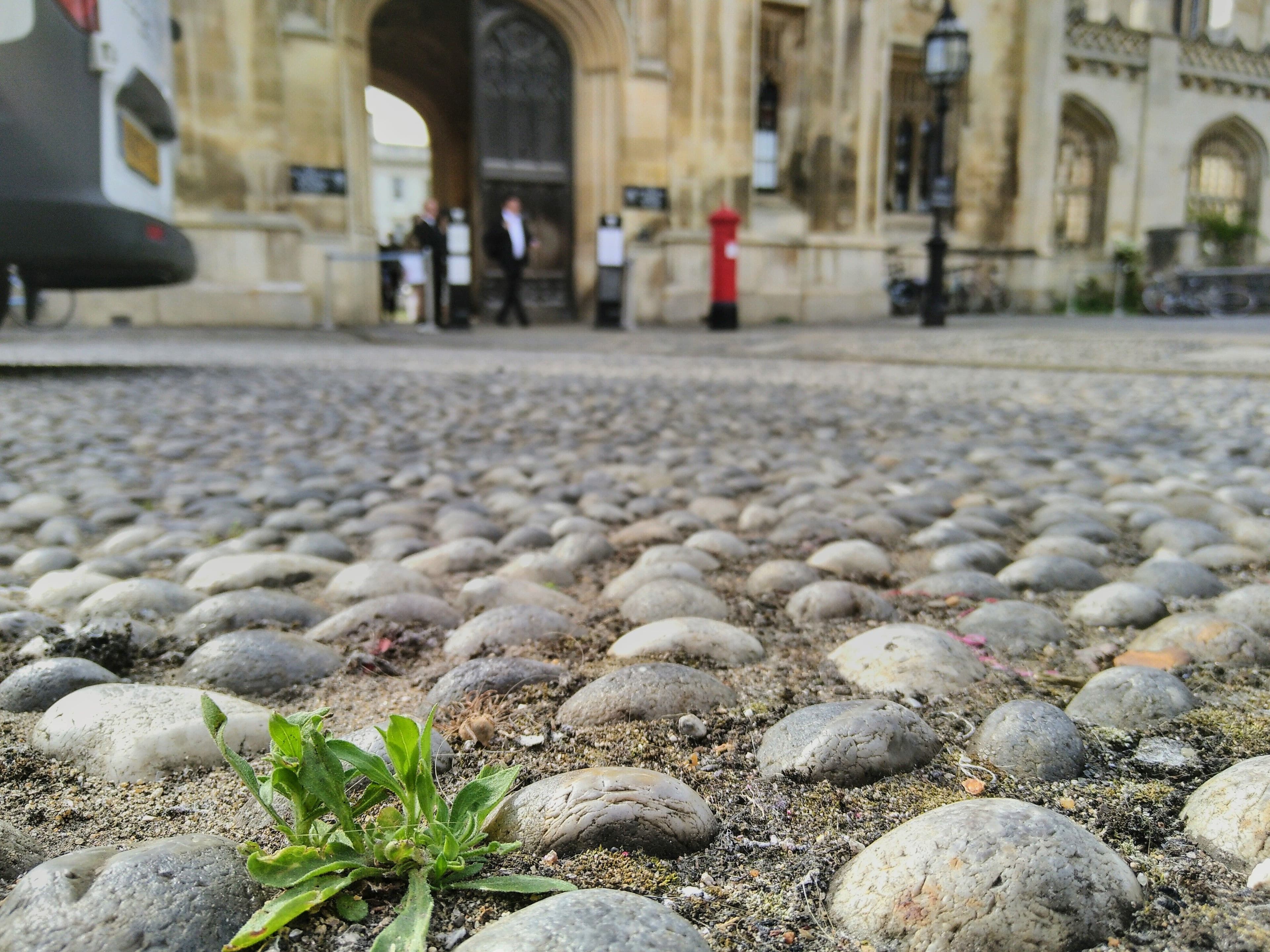
What does it mean to be weed_y?_ In common parlance, to be weedy is to be weak and fragile, not hard and coarse. Yet it also evokes something of a wiry resilience -- a stringing-together with vine-like sinew. The weed is often defined by the difficulty of its extraction -- its stubbornness or 'impertinence' (Ruskin, 1888). The attribution of such seemingly human traits to a plant draws us into the perilous territory of anthropomorphism. Anthropomorphism as a cross-species linguistic slippage is typically condemned by critics as a 'projection' of human behaviour or characteristics -- assumed to be particular to our own 'higher' species -- onto bodies of 'lower' species (de Waal, 1999). If we intend, however, the collapse of such a hierarchy of 'higher' versus 'lower' species, then anthropomorphism becomes indicative of our capacity and willingness to open ourselves up to (nonhuman) others (Myers, 2015). Anthropomorphism becomes explicitly multidirectional. Since -- at least in a western tradition -- it is nigh on impossible to see any human resemblance in plants, it might be more productive to see what of 'Them' we might recognise in 'Us' -- a 'phytomorphism'.
Many contemporary theorists in the umbelliferous field of Critical Plant Studies, such as Irigaray and Marder (2016), take as their starting point exactly this pondering, asking 'what can we learn from plants?' Whilst this is not a particularly new question -- one notably explored by nineteenth-century botanists/social reformers such as Elizabeth Twining (1805--1889) and Reverend Hadden Parkes (curate of St. George's Bloomsbury in the 1860s) -- scientific advances in the discipline of plant neurobiology have bolstered calls for a recognition of plant intelligence, bringing with it an associated rethinking of the philosophical and ethical relations between humans and plants (Pollan, 2013).

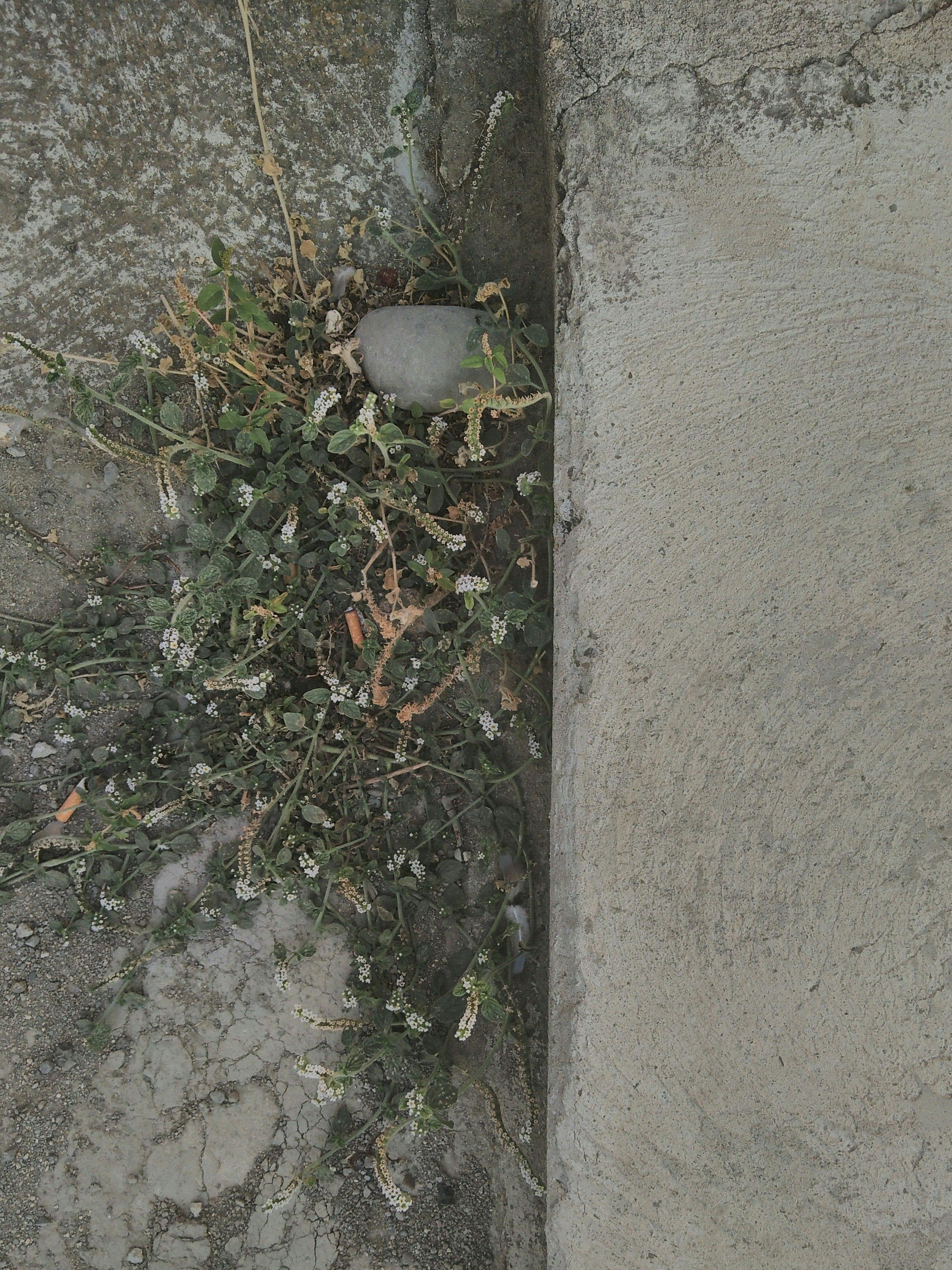
So let us think, for a moment, about the typical structures within which we think through the value of plant life. The worth of plants is most commonly defined by their utility -- the services they provide. Cherry trees provide cherries, oak provides wood, urban greenspace provides benefits to mental and physical wellbeing, remove dust from the air, aid urban drainage, and so on. Even the more plant-focused works such as Beatley's Biophilic Cities (2011)consider the potential of plant-life in relation to the amazement and enchantment of the human subject. Time and time again, humans fail to grasp their own irrelevance: plants will exist without us, but we would not survive without them. The fallacy that the environmentalist movement is striving to 'save the planet' crumbles: we are saving ourselves.
The weed, however, reveals the limits to a more-than-human ethics of care. It is estranged from the charismatic pandas and giant redwoods of the world and the utilitarian valuation of productive life. The weed is unwanted, use_less._ It decouples the linked concepts of productive reproduction and growth in plants, helping us to imagine less exploitative economic relations between humans and plants (Streit Krug, 2013). It teaches us how to cultivate life, away from the logic of utility, and not because it is good for us, but because we are one species living in the midst of countless others and it is good for them (Irigaray, 2017, Hall, 2011). Usefulness is one of those terms which sticks magnetically to the anthropocentric core of our thought: some_thing_ is always useful to some_one_ -- some human. When living beings are valued based on their usefulness, they become disposable; real worth -- as the weed teaches us -- lies in the absence of utility (Marder, 2017).
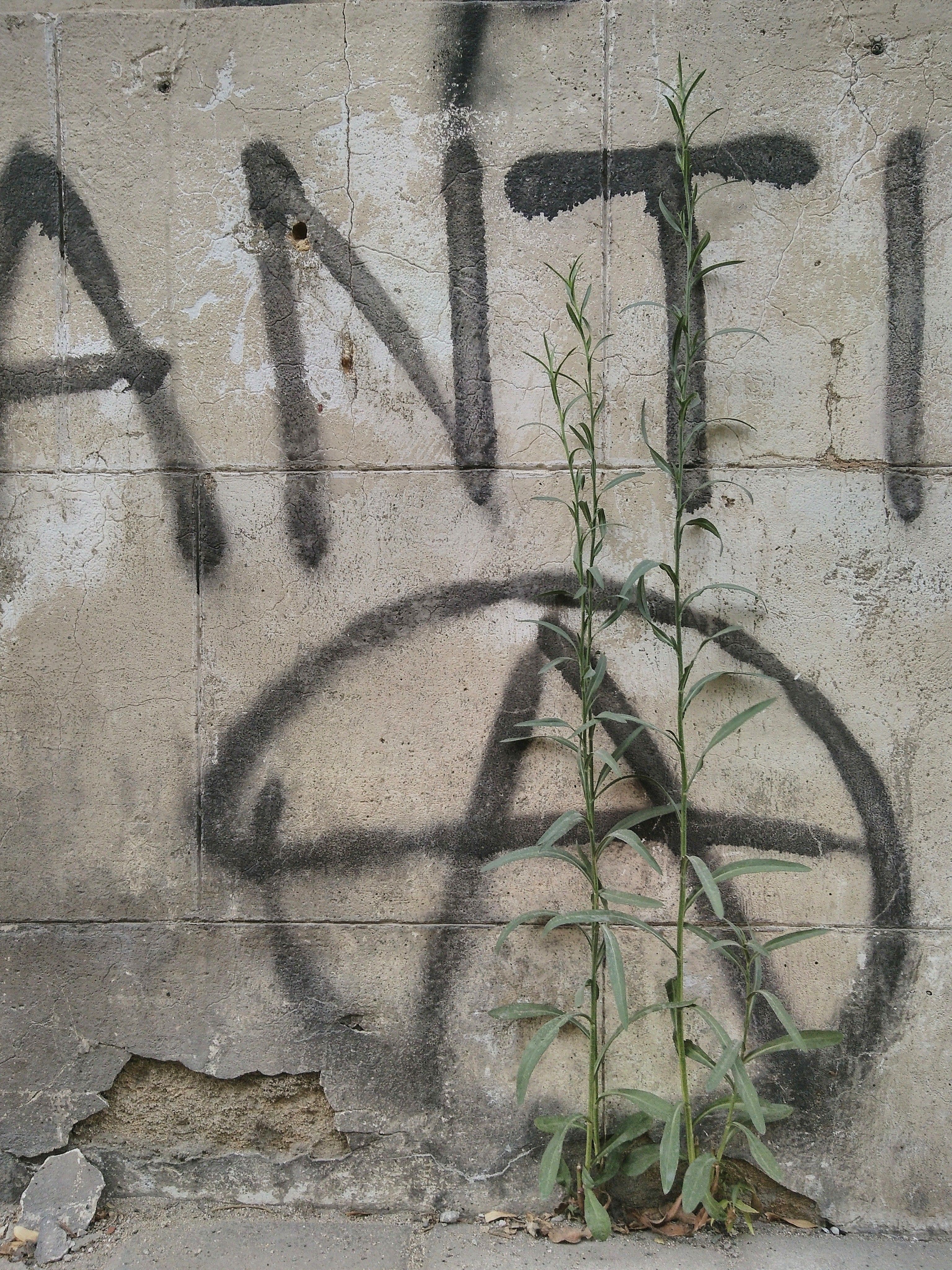
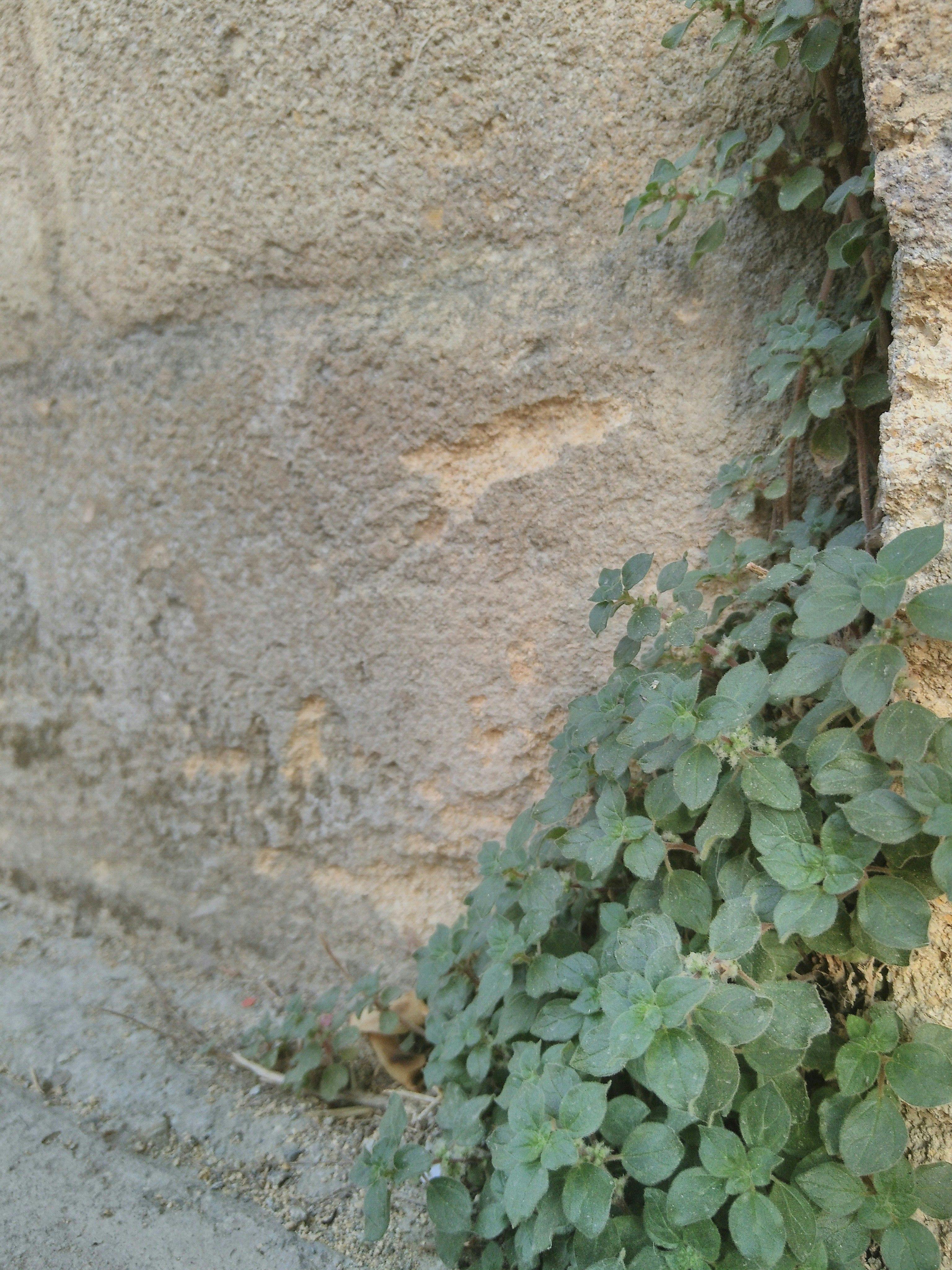
This lesson is what attracts many artists to weeds, taking, for example, Ellie Irons and Anne Percoco's project Next Epoch Seed Library, which recognises the value of weeds in their own right by preserving those species left out of more instrumentalist international and local community seed banks (Thompson, 2017). For Irons (2017), weeds are the perfect companion species for the Anthropocene Age, resonating with Anna Tsing's (2012) concept of 'slow disturbance landscapes'. Slow disturbance landscapes embrace the 'contaminated diversity' of human disturbance and draw us into collaborative cosmopolitan kinships with those species through which diversity may continue to emerge in the ruins. In facilitating 'play' in these landscapes, art liberates beings from the realm of necessity and values of efficiency and productivity, playing a central role in the ontological reappraisal of 'valuable' life (Gibson, 2018).
Irons' work with weeds also confronts the so-called 'green xenophobia' of contemporary discourse on invasive species which exaggerates their sinister pathology (Phillips, 2017) despite the vast majority integrating smoothly with their new neighbours, even helping them to thrive through hybridisation (Thompson, 2017). Ellie Irons' Sanctuary for Weedy Species (2015) was comprised of over two hundred wild plants gathered from the streets of Brooklyn:
As she finishes up the installation, two Latino workmen in heavy boots and bright orange vests peer into the gallery from the hall. They’ve noticed the plant labels. “Central America, number five,” says one to the other, and they crane their heads until they find the bright orange 5 next to a morning glory. They smile, perhaps happy to be represented, and go on their way (Sabin, 2016).
To be a weed, therefore, is to be present.
To be present in spaces where one is not wanted. The weed becomes a model for protest; movements such as Occupy taking root in places where they are not welcome, self-replicating disobediently across disparate spaces (Marder, 2012). Plant immobility resists conflation with stagnation, with plants' innumerable strategies for reproduction making them active yet slow, opportunistic yet rooted.
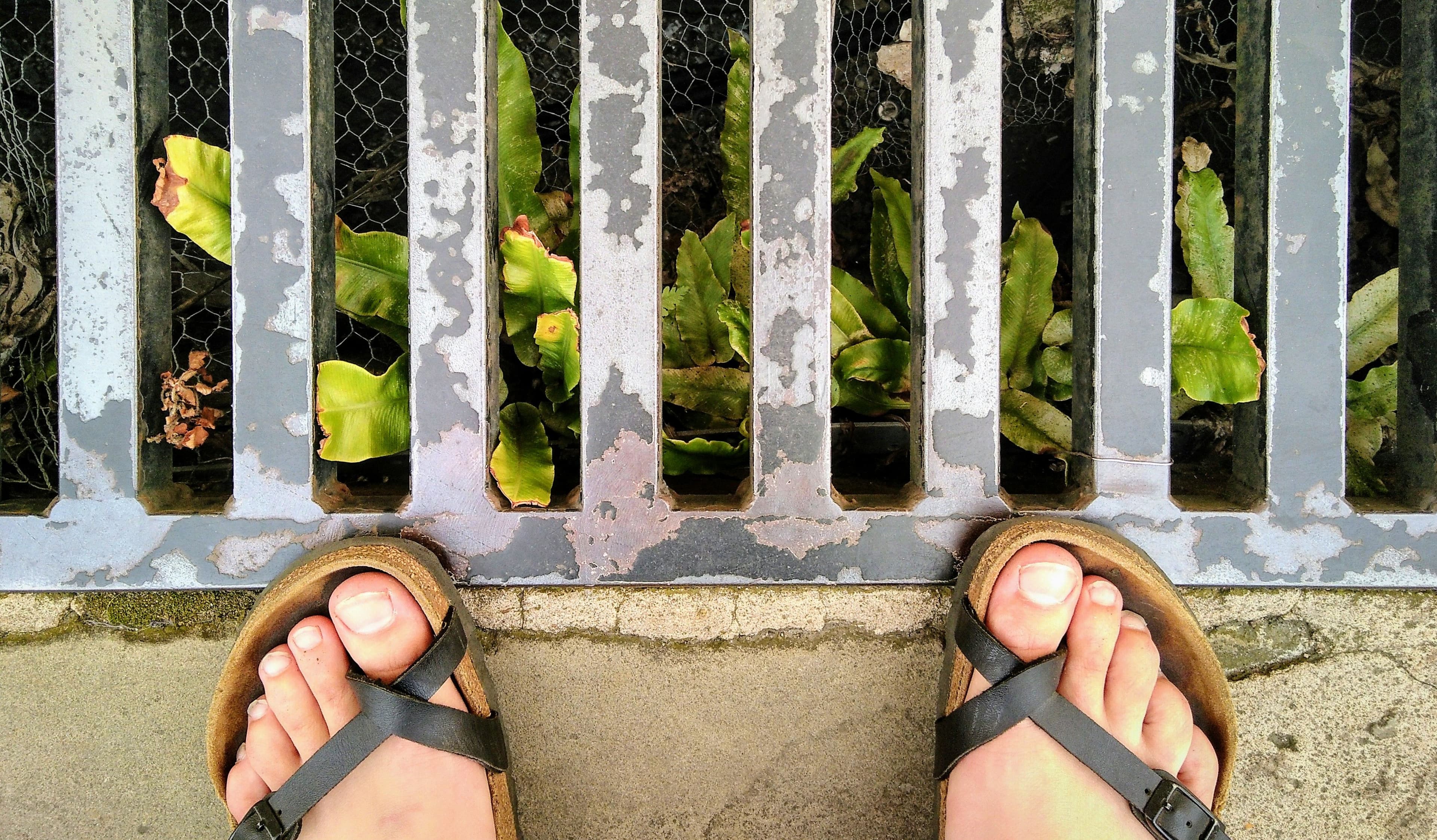
To be a weed is thus to be a paradox: to be simultaneously strong and weak; resilient and vulnerable. To be constantly out-of-place, yet able to live anywhere (Ruskin, 1888). And not just to live, but to thrive without care or cultivation. Of course, weeds can overrun, stifle, and kill; they are not always the best model of living-with. But to be weedy is to be a fragile part of a tougher whole. If a closer communion with nature is to be considered a necessary part of developing a deeper moral relationship with nonhuman life in the face of ecological collapse, then the weed should be celebrated, representing as it does one of the most ubiquitous forms of plant life in towns and cities -- curling out of gutters, hanging off drainpipes, snaking up walls.
The biological meaninglessness of the term "weed" leaves it conveniently open to appropriation and redefinition. It invites us to phytomorphise ourselves and draw fresh lines of relation across kingdom-boundaries outside of the logic of utility. To be a weed is to cultivate a meaningful life; a life of defiance.
References
Beatley, T. (2011) Biophilic Cities: Integrating Nature into Urban Design and Planning. Washington, DC: Island Press. De Waal, F. B. M. (1999). Anthropomorphism and Anthropodenial: Consistency in Our Thinking about Humans and Other Animals. Philosophical Topics 27(1): 255-280. Del Tredici, P. (2014) The Flora of the Future. Places , April 2014. URL: [Accessed: 25/03/18] Gibson, P. (2018) The Plant Contract: Art's Return to Vegetal Life. Leiden: Brill Rodolpi. Hall, M. (2011) Plants as Persons: A Philosophical Botany. New York: State University of New York Press. Irigaray, L. & Marder, M. (2016) Through Vegetal Being: Two Philosophical Perspectives. New York: Columbia University Press. Irigaray, L. (2017) What the Vegetal World Says to Us. In M. Gagliano, J. C. Ryan & P. Vieira (eds.) The Language of Plants: Science, Philosophy, Literature. Minneapolis, MN: University of Minnesota Press. Irons, E. (2017) 'Weedy Resistance: Multispecies Tactics for Contesting 'The Age of Man'', Inhabiting the Anthropocene, URL: , [Accessed: 04/09/19] Marder, M. (2012) Resist like a Plant! On the Vegetal Life of Political Movements. Peace Studies Journal 5(1):24-32. Marder, M. (2017) To Hear Plants Speak. In M. Gagliano, J. C. Ryan & P. Vieira (eds.) The Language of Plants: Science, Philosophy, Literature. Minneapolis, MN: University of Minnesota Press. Myers, N. (2015) Conversations on Plant Sensing: Notes From the Field. NatureCulture 3:35-66. Phillips, D. (2017) Ecologies of Elsewhere: Giving Urban Weeds a "Third Glance". The Nature of Cities, 6 September 2017. URL: [Accessed: 24/10/17] Pollan, M. (2013) 'The Intelligent Plant', The New Yorker, URL: , [Accessed: 04/09/19] Ruskin, J. (1888) Proserpina, Volume I. Wokingham: Dodo Press Sabin, D. (2016) For the Love of Immigrant Weeds. Science Line, 17 January 2016. URL: [Accessed: 23/03/18] Streit Krug, A. (2013) Reproducing Plant Bodies on the Great Plain. In R. Laist (ed.) Plants and Literature: Essays in Critical Plant Studies. Amsterdam: Rodolpi. Thompson, C. (2017) Next Epoch Seed Library [documentary film]. URL: , [Accessed: 25/03/18] Tsing, A. (2012) 'Contaminated Diversity in 'Slow Disturbance': Potential Collaborators for a Liveable Earth', in G. Martin, D. Mincyte & U. Münster (eds.) 'Why Do We Value Diversity? Biocultural Diversity in a Global Context', RCC Perspectives, 9:95-97
